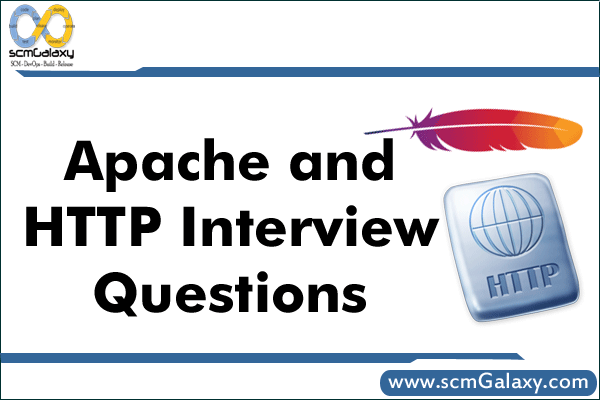

The main difference is that the discrimination occurs on a term and not on atomic values like characters or integers: the patterns are used to discriminate and retrieve information from an algebraic data structure. The match construct may be seen as an extension of the classical switch/case construct. The sub ject against which we match can be any object, but in practice, this ob ject is usually a tree-based data-structure, also called term in the algebraic programming community. The main construct, %match, is similar to the match primitive found in functional languages: given an object (called subject) and a list of patterns-actions, the match primitive selects the first pattern that matches the subject and performs the associated action. To this language, Tom adds several constructs. Although rich and complex, Tom is not a stand-alone language: like a preprocessor, it strongly relies on the underlying language (C, Java, or Caml), called host-language in the following. Tom is a language extension which adds new matching primitives to languages like C, Java, and Caml. Google's core libraries for collections, caching, primitives support, string processing, I/O etc.Īn open source library for generating charts.Ī library for accessing, manipulating, and outputting XML data from Java code.Īn open source toolkit for creating interactive data visualizations.This manual contains information for Tom version 2.6. Template engine used for HTML report generation.Ī lightweight library for multi-machine communication.Ī library for high-performance operations on primitive types.Īn agile and dynamic language for the Java Virtual Machine.Ī library converting Java objects into their JSON representation. AcknowledgmentsĬlover makes use of the following excellent third-party libraries: See the Clover-for-Ant Installation Guide and Supported Platforms. System Requirements and Supported Platforms Still no luck? Raise an issue for Atlassian Support team. Also recommended reading is Eric Burke's Top 15 Ant Best Practices.įor Clover troubleshooting information, see the Atlassian Answers and Clover Knowledge Base. The Clover Tutorial provides a good alternative introduction to Clover.įor help with Ant, see the online Ant manual at.The Understanding Reports page gives more details about an HTML report generated by Clover.The About Code Coverage section provides a brief background on the theory and motivation behind Code Coverage.

The Clover for Eclipse in 10 minutes and the Clover for IDEA in 10 minutes will show you how to use Clover in Eclipse/IDEA as well as briefly describe reports generated by Clover.The Ant Quick Start Guide, the Maven 2 and 3 Quick Start Guide and Clover-for-Grails Quick Start Guide will show you how to quickly set-up Clover in your builds.Getting Started If you are new to Clover and want to get it going quickly, try the following:


 0 kommentar(er)
0 kommentar(er)
